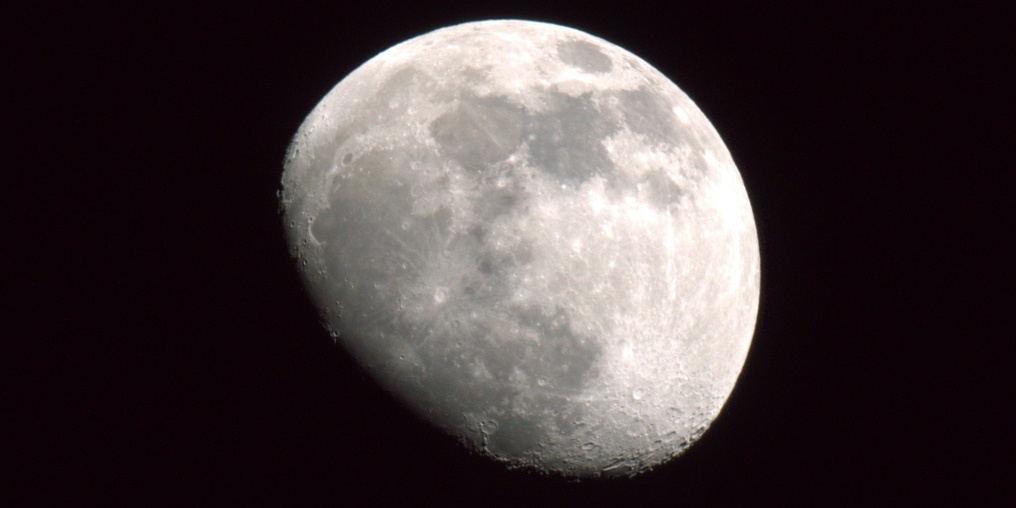Star-gazers could be in with a chance of witnessing a historic event when a 400m-wide asteroid whizzes across the sky tonight.
Officially named 2005 YU55, the heavenly body will follow a path between Earth and the moon and its trajectory will bring it closer than any other asteroid in the past 35 years.
Experts says there is no cause for alarm, though. The asteroid, which is about the size of an aircraft carrier, may have a close encounter with Earth, but it will fly on past.
Amateur astronomers could be in for a treat, though. The asteroid cannot be seen with the naked eye but should be visible with the help of a telescope.
Stuart Clarke, an assistant at the Mills Observatory in Dundee, explained that ”close” is a relative term.
”It will be about 200,000 miles away but it is still considered a hazardous object,” he said.
NASA detects, tracks and characterizes asteroids and comets passing close to Earth using ground and space telescopes.
The Near-Earth Object Observations Programme, commonly called Spaceguard, discovers these objects, characterizes a subset of them, and plots their orbits to determine if any could be potentially hazardous.
”This one has been spotted for ages and as far as we are led to believe it will be seen in our sky late in the evening,” added Mr Clarke. ”They have known about this for most of the year so they know exactly how big it is, where it is going and what size of crater it could create.”
NASA scientists are tracking 2005 YU55 as the space rock flies past Earth slightly closer than the moon’s orbit and they see it as a golden opportunity to scan it as it passes.
They will bounce radio waves off the asteroid in the hope of revealing a wealth of detail about its surface features, shape, dimensions and other physical properties.
Although 2005 YU55 is in an orbit that regularly brings it near Earth, this encounter is the closest it has come for at least the past 200 years. The last time a space rock as big came as close to Earth was in 1976.
The next known approach of an asteroid this large will be in 2028.
Photo by Flickr user ursli.
